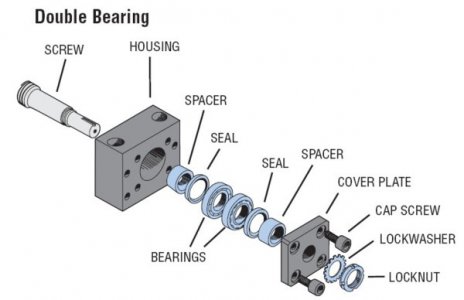Maybe I missed something but I do not see how the ball nut was eliminated as a possible source?
Jay - other than the dial indicator check I've already done what other checks can I do to either eliminate the ball nut or identify it as the culprit?
Tom S.

